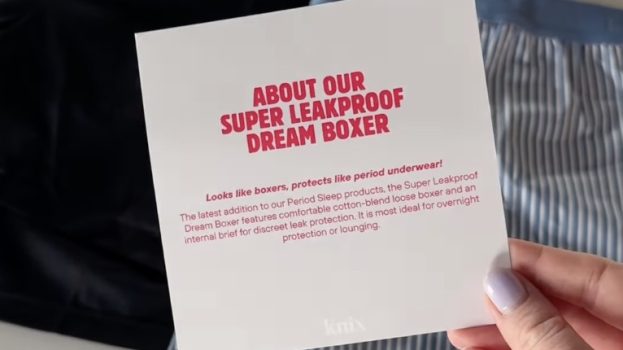Gatorade is rewarding fitness enthusiasts working towards their full potential with the “Sweat Machine,” a special vending machine set up in Toronto last week.
Runners, bikers and regular passers-by could place their finger on a scanner that measured their heart rate and other bio-metrics to determine how hard they were exercising. If the sensors showed they weren’t giving it their all, they would have to do push-ups, squats or run in place to work up more of a sweat and get rewarded with a free bottle of Gatorade.
The vending machine and stunt were developed by TBWA\Toronto and captured in a video currently being supported in a social media and influencer campaign under the “#keepsweating” hashtag. Digital ads on sports and athlete-focused sites will also be running and a TV spot built around the “sweat it to get it” message will be debuting in the near future.
[iframe_youtube video = “sWCsg_FNTcg”]
TBWA is working with Praxis on the social media posts and OMD is handling the media on the campaign.
The Sweat Machine itself will be touring Canadian sporting events this summer, focusing primarily on events that amateur athletes and fitness enthusiasts can enter. Gatorade’s advertising in Canada has typically been around hockey and stars like Sidney Crosby, but the Sweat Machine is part of a shift towards promoting the product to everyday athletes.
“We’re making it more obtainable and not just for hardcore athletes,” says Mark Pileggi, director of digital strategy and operations at TBWA\Toronto. “You don’t need to be training seven days a week. It’s for anyone that performs and sweats, even that weekend warrior that’s going out for a run and needs to replace what they sweat out with Gatorade.”
In the winter, TBWA and Gatorade debuted a branded mini-documentary that took NHL stars and set them up to play against Canada’s Paralympic sledge hockey team. Pileggi says that was where the shift in focus with Gatorade began, bringing athletes at the top of their game to a level more accessible to the common Canadian.
“It’s a dual-pronged approach,” he says. “We want to use the athletes to bring awareness to the brand and show the credibility around it, but bringing it to the everyday athlete means you don’t have to be someone that focuses on a specific sport to get the benefits of the product when you’re performing.”
























